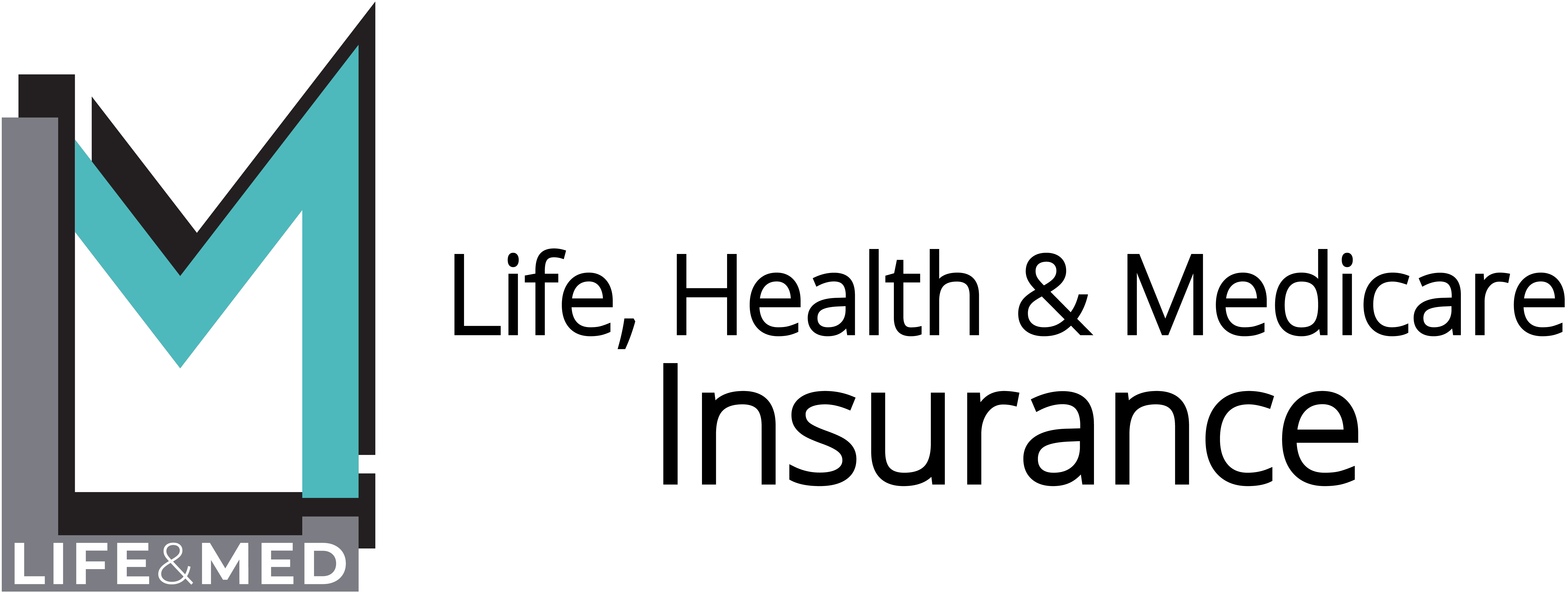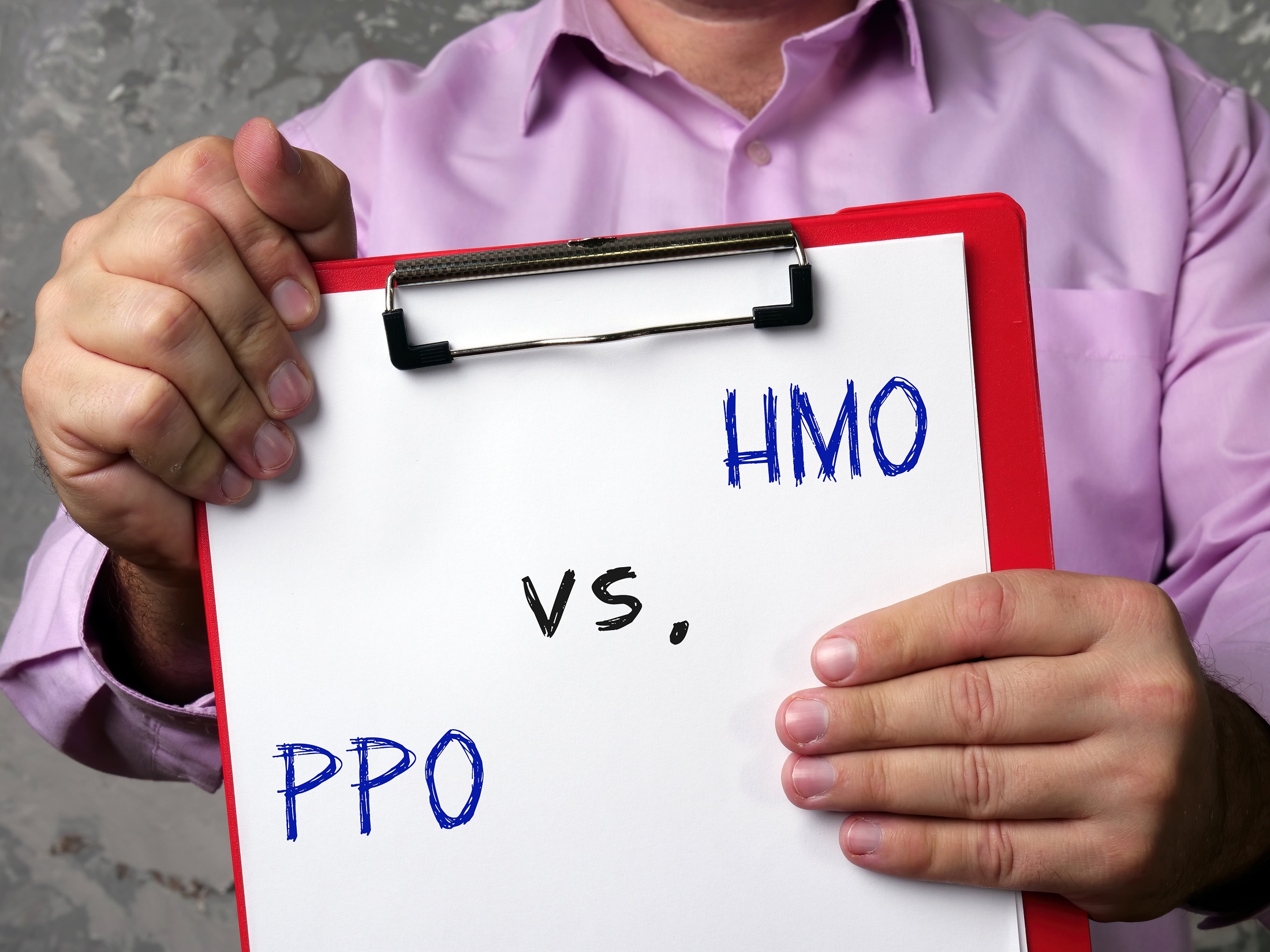When choosing a new health insurance plan one option many people have to choose from is whether to choose a PPO or an HMO plan. What’s the difference between these two types of plans?
Health Maintenance Organization (HMO)
When using an HMO plan you must get your care and services from doctors, other health care providers, and hospitals that are within your network. An exception is made when utilizing emergency care services, out-of-area urgent cares, or temporary out-of-area dialysis services. In most cases, these types of plans cover prescription drugs. You usually need to choose a primary care doctor, and get referrals from them in order to be seen by a specialist. If your healthcare provider leaves your network, you are notified and will have to choose a new doctor within your network. If you seek care outside of your plans network you may have to pay full price for their services. It’s imperative that you follow the plans guidelines and get approval for certain services ahead of time.
Preferred Provider Organization (PPO)
With a PPO plan you have doctors, specialists, hospitals and other health care providers within a network that you can use. You are also able to use other out of network providers but may have to pay a higher price. You can save money if you choose a provider that is considered “preferred”. You are always covered for emergency care regardless if they are in your network. Unlike the HMO plan, with this plan you do not need to have a primary doctor, and you usually do not need a referral in order to see a specialist. A PPO plan offers additional benefits than Original Medicare does, but you are paying more for them.
It’s important to weigh the similarities and differences between the two plans, and choose which is best suitable to meet the needs of you and your family.

